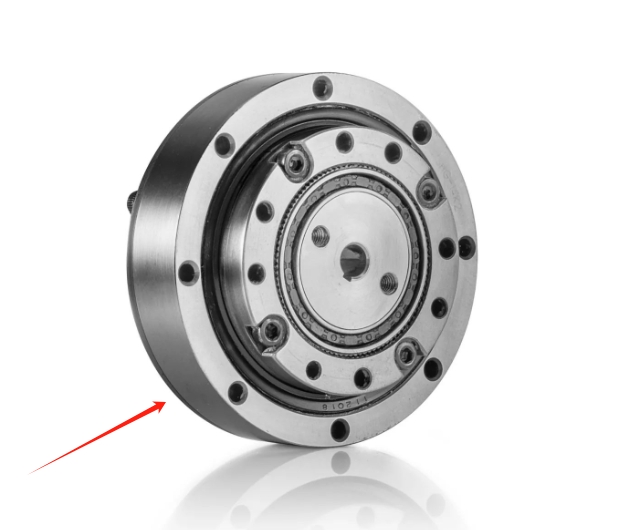The Planetary Reducer: Enhancing Robotic Efficiency and Precision
Introduction:
The robotics industry has witnessed incredible advancements in recent years, providing automation solutions across various sectors. Key to the improved efficiency and precision of robots is the integration of sophisticated components, such as the planetary reducer. This essay aims to explore the planetary reducer's significance by highlighting its functional mechanism, benefits in robotic applications, challenges in implementation, and future potential.
Functionality of Planetary Reducers:
The planetary reducer, also known as an epicyclic gear system, serves as a mechanical transmission device widely employed in robotics. Comprising three central components - a high-speed input shaft, a low-speed output shaft, and a carrier holding planet gears - this mechanism is designed to reduce rotational speed while amplifying torque. By transmitting power within a compact and efficient package, planetary reducers enable robots to achieve increased force output and precise control, making them invaluable in numerous applications.
Benefits in Robotic Applications:
The integration of planetary reducers in robotics has revolutionized various industrial sectors. In manufacturing, for instance, robots equipped with planetary reducers exhibit exceptional accuracy and repeatability, ensuring precise positioning during assembly or welding processes. Additionally, in robotic arms used for material handling, these reducers enable enhanced load-carrying capabilities, making them indispensable for lifting heavy objects with reduced strain on the machine. Their efficient transmission of power also contributes to improved energy consumption, resulting in cost savings and prolonged battery life in battery-powered robots.
Challenges in Implementation:
Despite the evident advantages, the utilization of planetary reducers in robotic systems presents some challenges. One significant concern is backlash, which refers to the slight rotational play or gap between gears. Backlash can affect precision and introduce errors during robot movements. Minimizing this backlash requires careful design, high-quality manufacturing, and precise assembly techniques. Furthermore, the reduction ratio and gear materials must be carefully selected to withstand the intended loads and ensure durability. Addressing these challenges requires continuous research and development in gear design, materials science, and manufacturing processes.
Future Potential:
The continually evolving landscape of robotics opens avenues for further advancements in planetary reducer technology. Researchers are exploring novel techniques to design compact and lightweight reducers with improved torque density, allowing for increased power transmission capabilities. Integration with advanced sensors and artificial intelligence algorithms further enhances robots' ability to adapt, learn, and optimize their movements. Additionally, emerging materials, such as carbon nanotubes and composites, hold promise for developing durable and lightweight gears, enabling robots to operate efficiently and safely in various environments.
Conclusion:
The planetary reducer's implementation in robotic systems has proven instrumental in boosting efficiency and precision across industries. With their ability to transmit torque in a compact form, robots equipped with planetary reducers offer improved accuracy, load-carrying capacities, energy efficiency, and cost-effectiveness. Utilizing this technology effectively necessitates continuous research to overcome challenges such as backlash and ensure optimal gear design and materials selection. Looking ahead, ongoing innovation in planetary reducer design and integration with emerging technologies holds immense potential to further revolutionize the capabilities of robotic systems, fostering continued progress in automation and robotics.



No comments:
Post a Comment